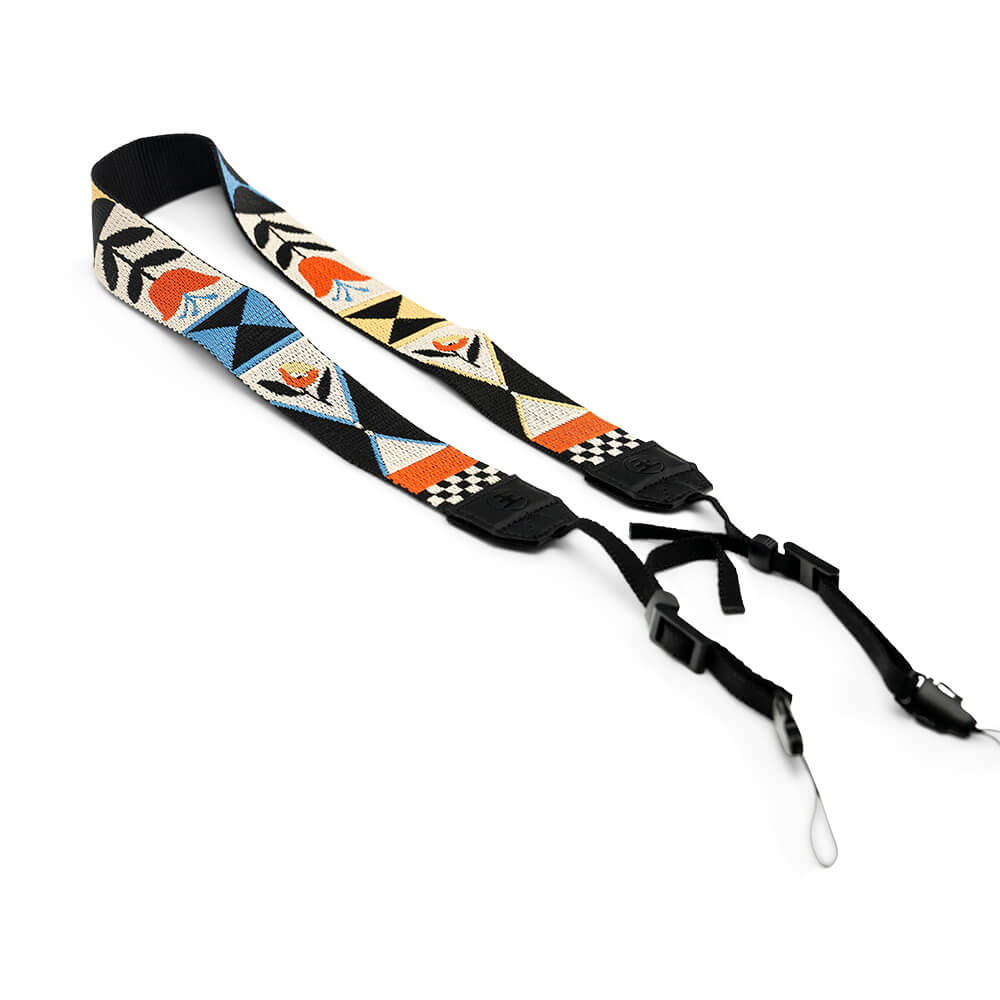If you’re like us and enjoy a nice beach day from time to time, you’ve likely encountered this tiny bird. It sprints so fast, you can hardly see its little legs! Dash, pause, dash, pause — each sprint interrupted by a sudden stop.
For those who have not met the snowy plover, it’s about 5-7 inches long, weighing a modest 1-2 ounces. In other
words, no larger than the palm of your hand. This is a shoreline bird; it wades in the sandy coastlines of the US,
Caribbean, Ecuador, Peru, and Chile. A majority of snowy plovers breed along the central and southern coasts of
California.
This little shorebird is particularly cherished by the locals of San Francisco. For most of
the year, dozens of snowy plovers dwell along Ocean Beach and Crissy Field. They spend their winters here, storing up
fat reserves in preparation for migration and breeding in the spring.


Both of these locations are now managed by the National Park Service under Federal Jurisdiction. These protection
efforts receive helping hands from the volunteers of the Golden Gate Audubon Society.
Ocean beach is home
to the largest population of snowy plovers. Here, you can observe them foraging and resting throughout the day. This
Beach is a part of the Golden Gate Biosphere Reserve and is deemed a snowy plover protection area. It is monitored and
regulated to minimize harmful interference with the bird and its habitat.
Crissy Field is a restored
historic airfield, tidal marsh, and coastal dune shoreline. It provides a safe location for snowy plovers and other
coastal wildlife to inhabit. Conservationists have high hopes that soon, Crissy Field will once again become a nesting
area for the bird.

The University of California, Santa Barbara, has also set forth efforts to protect and encourage snowy plover
reproduction. They’re creating a safe environment for the bird to nest along the coastline that runs along the
University’s campus in central California.
As ground foragers, snowy plovers hunt in the sandier parts of
beaches, near the water’s edge. The frequent sprint-and-stop behavior is due to the bird’s hunting technique. These
pauses are made when the bird discovers prey. Then, it pecks its head into the sand quickly to grab a snack.

A snowy plover’s diet consists primarily of small crustaceans, worms, beetles, and flies. This bird is also an
opportunist and won’t hesitate to snag a few flies surrounding a carcass.
Snowy Plovers are sandy colored
with white bellies. Their beaks are sharp and black. During breeding, they display black stripes on their crown, ears,
and neck. There are two subspecies of the snowy plover: western and eastern. Westerns are a tad larger with additional
black markings.
A typical lifespan for this bird is about 3 years, but the oldest recorded snowy plover
was over 15 years old.

Almost immediately after snowy plover chicks hatch, they can forage for themselves. However, the parents will still
snuggle up with her chicks at times to keep them warm. Parents also alert their chick of approaching prey; the chick
then crouches down, blending seamlessly with the sand.
In some regions, both parents care for their
young. In others, mothers take off after just a few days to begin the reproduction cycle all over again — with a new
male. Fathers will then take on the role of parenting or sometimes join in abandoning the chick. This abandonment
behavior is likely due to the chicks’ innate independence.
Despite its efficient reproduction cycle, the
snowy plover population is slowly declining. It’s challenging for the bird to breed due to frequent disturbances by
the beaches’ visitors. For this reason, California’s conservation efforts are particularly significant.


